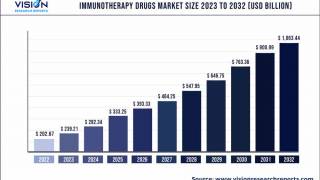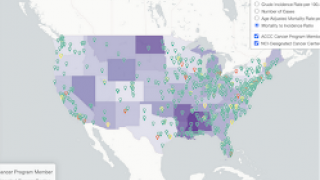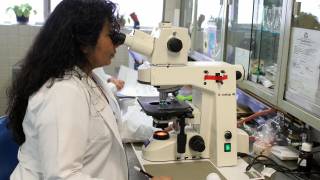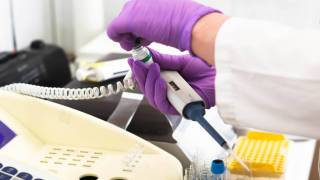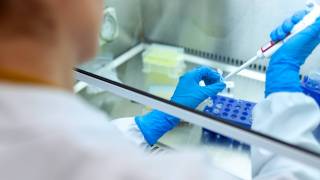Cervical Cancer Prevention Investments Produce Significant ROI
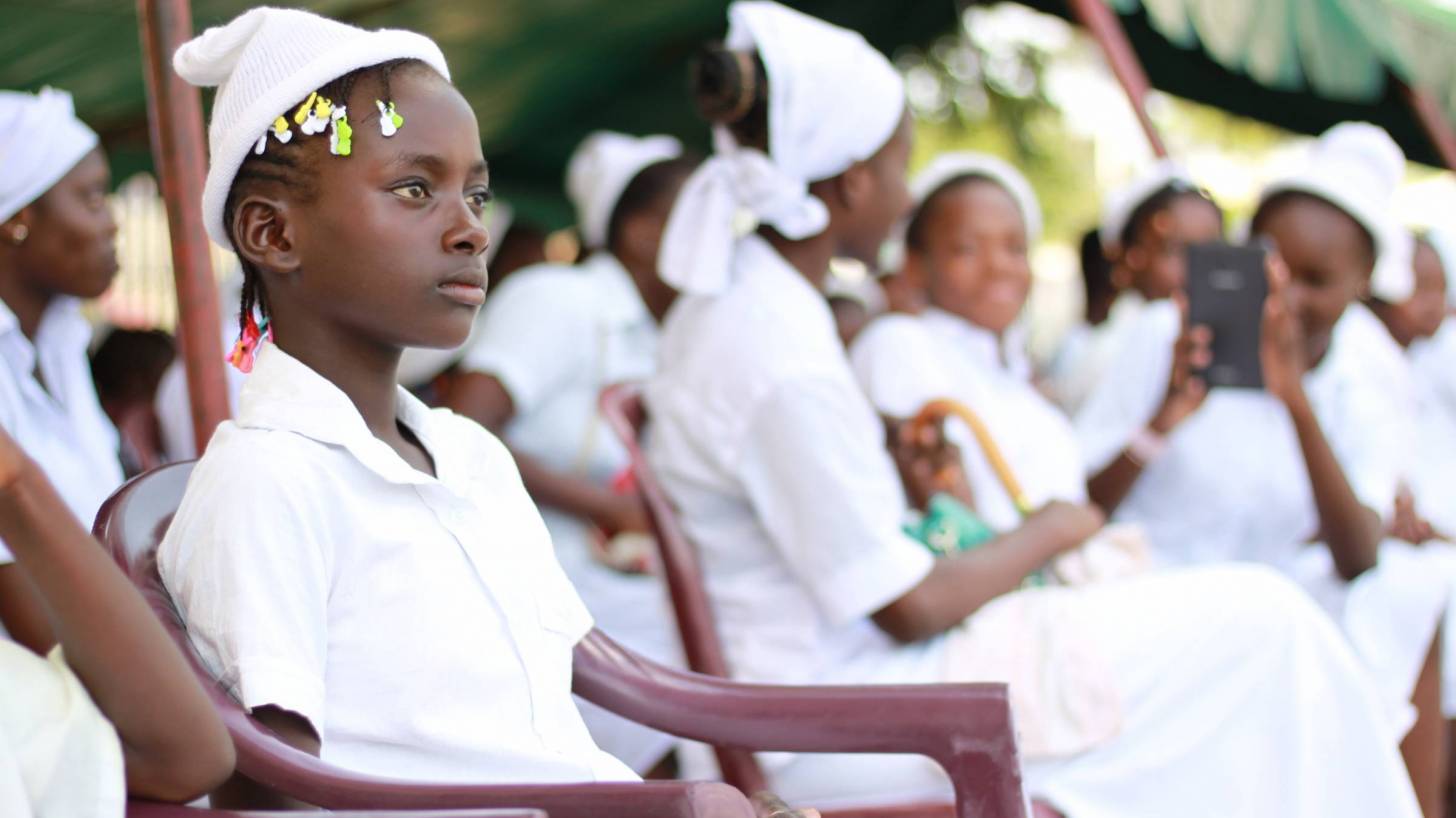
The World Health Organization (WHO) Global Strategy to Accelerate the Elimination of Cervical Cancer announced today marks the first time that 194 countries commit to eliminating cancer - following the adoption of a resolution at the World Health Assembly in 2020.
Cervical cancer is a preventable disease that is also curable if detected early and adequately treated. Yet it is the 4th most common cancer among women globally.
This WHO cervical cancer strategy outlines three key steps: vaccination, screening, and treatment.
Vaccination against human papillomavirus (HPV) is recommended to prevent new HPV infections and HPV-associated diseases, including cervical cancer.
On November 17, 2020, the WHO stated the ‘successful implementation of these actions could reduce more than 40 percent of new cases of cervical cancer and 5 million related fatalities over the next three decades.
The WHO strategy also stresses that investing in the interventions to meet these targets can generate substantial economic and societal returns.
An estimated US $ 3.20 will be returned to the economy for every dollar invested through 2050 and beyond, owing to increases in women’s workforce participation. The figure rises to US $ 26.00 when the benefits of women’s improved health on families, communities, and societies are considered.
The WHO says meeting the following targets by 2030 will place all countries on the path toward elimination:
- 90% of girls fully vaccinated with the HPV vaccine by 15 years of age
- 70% of women screened using a high-performance test by age 35 and again by 45
- 90% of women identified with cervical disease receive treatment (90% of women with pre-cancer treated and 90% of women with invasive cancer managed).
“Eliminating any cancer would have once seemed an impossible dream, but we now have the cost-effective, evidence-based tools to make that dream a reality,” said WHO Director-General Dr. Tedros Adhanom Ghebreyesus, in a press release.
“But we can only eliminate cervical cancer as a public health problem if we match the power of the tools we have with unrelenting determination to scale up their use globally.”
Without taking additional action, the annual number of new cases of cervical cancer is expected to increase from 570,000 to 700,000 between 2018 and 2030, while the annual number of fatalities is projected to rise from 311,000 to 400,000.
In low- and middle-income countries, its incidence is nearly twice as high and its death rates three times as high as those in high-income countries.
“The huge burden of mortality related to cervical cancer is a consequence of decades of neglect by the global health community. However, the script can be rewritten,” added WHO Assistant Director-General Dr. Princess Nothemba (Nono) Simelela.
Many females with cervical cancer were probably exposed to cancer-causing HPV types in their teens and early 20s. Additionally, males can get HPV, causing anal and throat cancers, and genital warts say the WHO.
“Critical developments include the availability of prophylactic vaccines; low-cost approaches to screening and treating cervical cancer precursors; and novel approaches to surgical training. Through a shared global commitment to the Sustainable Development Goals and leaving no-one behind, the countries of the world are forging a new path to ending cervical cancer. “
“The fight against cervical cancer is also a fight for women’s rights: the unnecessary suffering caused by this preventable disease reflects the injustices that uniquely affect women’s health around the world,” says Dr. Princess Simelela.
“Together, we can make history to ensure a cervical cancer-free future.”
There are safe and effective HPV vaccines that can protect males and females against cancers caused by HPV. These vaccines include 9vHPV, 4vHPV, and/or 2vHPV, says the US Centers for Disease Control and Prevention (CDC).
In the USA, the Gardasil 9 vaccine consists of HPV proteins, Types 6, 11, 16, 18, 31, 33, 45, 52, and 58.
PrecisionVaccinations publishes research-based news.
Our Trust Standards: Medical Advisory Committee



